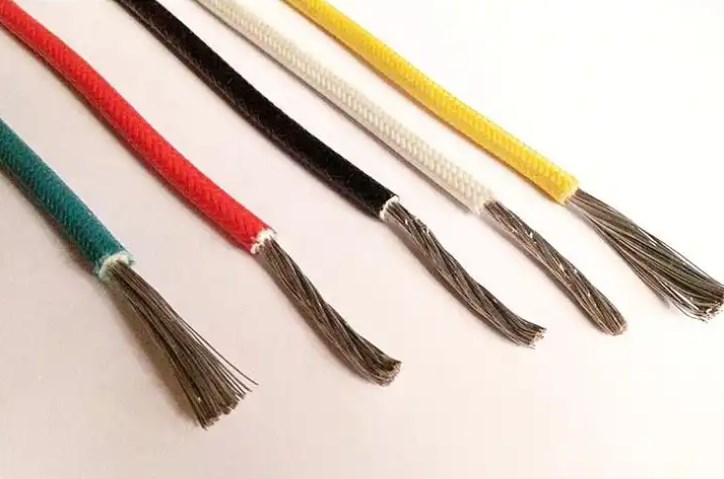Application of Titanium Dioxide in the Plastic Industry
Titanium dioxide is considered to be the best white pigment in the world. It is widely used in coatings, plastics, paper making, printing inks, chemical fiber, rubber, cosmetics, and other industries. Among them, plastic is the second largest user of titanium dioxide. Among the more than 500 titanium dioxide brands in the world, more than 50 are exclusively for plastics.

Application of Titanium Dioxide
Adding the titanium dioxide to plastics can improve the heat resistance, light resistance, and weather resistance of plastic products, protect plastic products from ultraviolet rays, and improve the mechanical and electrical properties of plastic products.
Overview of the Application of Titanium Dioxide in the Plastics Industry
Almost all thermosetting and thermoplastic plastics will use titanium dioxide, such as polyolefins (primarily low-density polyethylene), polystyrene, ABS, polyvinyl chloride, etc. It can be mixed with dry resin powder or liquid containing plasticizers. There are also some plastic manufacturers who process titanium dioxide into masterbatch before use.
Since the coating film of plastic products is much thicker than paint and ink, it does not require too high pigment volume concentration. In addition, titanium dioxide has high hiding power and strong coloring power, and the general dosage is only 3%~5%.
Most of the titanium dioxides for plastics have a relatively fine particle size. Usually, the particle size of titanium dioxide for coatings is 0.2~0.4μm, while the particle size of titanium dioxide for plastics is 0.15~0.3μm so that a blue base phase can be obtained. This has a covering effect on most yellowish resins or resins that are prone to yellowing.
The titanium dioxide for ordinary plastics generally does not undergo surface treatment. Because titanium dioxide coated with inorganic substances such as conventional hydrated alumina is used, when the relative humidity is 60%, the adsorption equilibrium water is about 1%. When the plastic is extruded at high temperature, the evaporation of water will cause pores on the smooth plastic surface.
With the continuous expansion of the application range of plastic products, many external plastic products, such as plastic doors and windows, building materials, and other outdoor plastic products, also have high requirements for weather resistance. In addition to rutile titanium dioxide must be used, surface treatment is required. This kind of surface treatment generally does not add zinc. Only silicon, aluminum, zirconium, etc. are added. The silicon has a hydrophilic and dehumidifying effect, which can prevent pores caused by water evaporation when plastic is extruded at high temperature.
The titanium dioxide plays an important role in the plastics industry and has broad application prospects. It is believed that with the rapid development of the plastics industry, the titanium dioxide industry will also develop better.
Conclusion
Thank you for reading our article and we hope it can help you to have a better understanding of the application of titanium dioxide in the plastic industry. If you want to know more about titanium products like titanium dioxide, titanium tube, and titanium rod, we would like to advise you to visit Stanford Advanced Materials (SAM) for more information.
Stanford Advanced Materials (SAM) supplies high-quality titanium products to meet our customers' R&D and production needs. By frequently visiting these manufacturers and understanding their production, quality control, administration, and management sections, we have carried out faithful cooperation over the years and built profound working partnerships with our customers. As such, we are confident that SAM will be your favorite titanium product supplier and business partner.









